Intro
When it comes to stroke, every minute counts. The swift action of individuals around the person experiencing a stroke can significantly impact the outcome. Recognizing the signs of a stroke and acting promptly is crucial in minimizing brain damage and improving the chances of recovery. The importance of immediate action cannot be overstated, as the sooner medical attention is received, the better the prognosis.
A stroke occurs when the blood supply to the brain is interrupted, either due to a blockage or a rupture of the blood vessels. This interruption deprives the brain of oxygen and nutrients, leading to tissue damage or death. The effects of a stroke can be devastating, ranging from mild to severe and including paralysis, speech difficulties, and cognitive impairments. However, with rapid intervention, it is possible to reduce the severity of these effects and improve the quality of life for those affected.
Understanding the signs of a stroke is the first step in acting fast. The American Stroke Association recommends using the acronym "FAST" to remember the key indicators: Face drooping, Arm weakness, Speech difficulties, and Time to call for emergency services. If any of these signs are observed, it is essential to act quickly and seek medical help immediately. The window for effective treatment is narrow, typically within a few hours of the onset of symptoms, making every minute count in the race against time to prevent further brain damage.
Recognizing the Signs of Stroke

Understanding the Different Types of Stroke
There are three main types of stroke: ischemic, hemorrhagic, and transient ischemic attack (TIA). Ischemic strokes occur due to a blockage in the blood vessels supplying the brain, which can be caused by blood clots or fatty deposits. Hemorrhagic strokes are the result of a rupture in the blood vessels, leading to bleeding in or around the brain. TIAs, often referred to as "mini-strokes," are temporary blockages that resolve on their own but indicate a high risk of a future stroke. Understanding the type of stroke is essential for determining the appropriate treatment and intervention.The Importance of Immediate Medical Attention
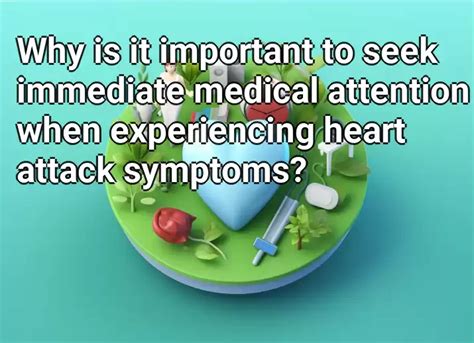
Steps to Take During a Stroke
If someone is experiencing a stroke, there are several steps that can be taken to help. First, call for emergency services right away. While waiting for help to arrive, note the time the symptoms started, as this information is crucial for medical professionals. If the individual is unconscious, check their airway, breathing, and circulation (ABCs) and begin CPR if necessary. If they are conscious, try to keep them calm and comfortable. It is also helpful to gather any relevant medical history or information about medications the person is taking to share with emergency responders.Treatment Options for Stroke
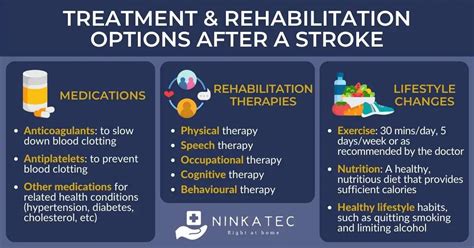
Recovery and Rehabilitation After a Stroke
The road to recovery after a stroke can be long and challenging. Rehabilitation plays a critical role in helping individuals regain lost functions and adapt to any permanent changes. A multidisciplinary team of healthcare professionals, including physical therapists, occupational therapists, speech therapists, and psychologists, work together to create a personalized rehabilitation plan. This plan may include exercises to improve mobility and strength, strategies to enhance communication and cognitive skills, and assistance with daily living activities. The goal of rehabilitation is to help the individual achieve the highest possible level of independence and quality of life.Prevention of Stroke
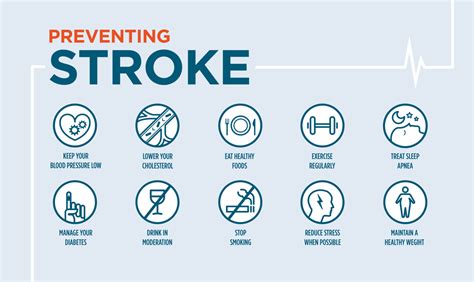
Community Support and Resources
For individuals who have experienced a stroke and their families, community support and resources can provide invaluable assistance and comfort. Support groups offer a platform to share experiences, receive emotional support, and learn from others who are going through similar challenges. Educational resources and workshops can help individuals understand their condition better and learn strategies for managing the effects of a stroke. Furthermore, advocacy organizations work to raise awareness about stroke, promote research, and push for policies that support stroke survivors and their caregivers.Technological Advancements in Stroke Care
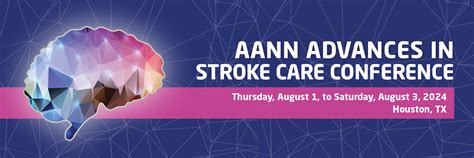
Future Directions in Stroke Research
Research into stroke is ongoing, with scientists and clinicians exploring new avenues for prevention, treatment, and rehabilitation. Studies are focusing on better understanding the mechanisms of stroke, developing more effective and safer treatments, and improving rehabilitation techniques. The potential of stem cell therapy, gene therapy, and other novel approaches is being investigated. Additionally, there is a push towards more personalized medicine, tailoring treatments to the individual's specific needs and circumstances. As research progresses, it is expected that the management and outcomes of stroke will continue to improve.Empowering Individuals and Communities
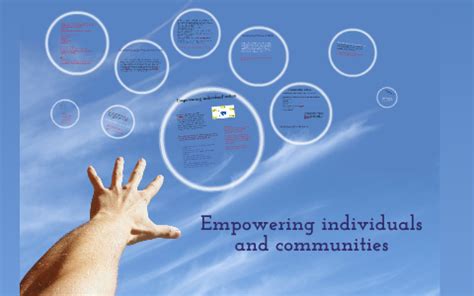
Conclusion and Final Thoughts
In conclusion, acting fast during a stroke is not just a recommendation; it is a necessity. The swift recognition of symptoms and prompt action can significantly alter the course of events, leading to better outcomes and improved quality of life for those affected. As we continue to advance our understanding of stroke, develop new treatments, and empower communities, we move closer to a future where the impact of stroke is minimized, and recovery is maximized. It is a future where every minute counts, not just in the immediate response to a stroke but in the ongoing efforts to prevent, treat, and overcome this condition.What are the most common signs of a stroke?
+The most common signs of a stroke include face drooping, arm weakness, speech difficulties, and sudden severe headache. Remember the "FAST" acronym to quickly identify these symptoms: Face, Arm, Speech, Time.
How can I reduce my risk of having a stroke?
+To reduce your risk of having a stroke, maintain a healthy lifestyle by eating a balanced diet, exercising regularly, not smoking, limiting alcohol consumption, and managing chronic conditions such as high blood pressure, diabetes, and high cholesterol.
What should I do if I think someone is having a stroke?
+If you think someone is having a stroke, call for emergency services immediately. Note the time the symptoms started and try to keep the person calm and comfortable until help arrives. If the person is unconscious, check their airway, breathing, and circulation and begin CPR if necessary.
As we conclude this comprehensive overview of stroke, it is essential to encourage continued engagement and support. If you or someone you know has been affected by a stroke, sharing your story or seeking out resources and support can be incredibly beneficial. Consider reaching out to local support groups, advocacy organizations, or online communities to connect with others who understand the challenges and triumphs associated with stroke. Additionally, spreading awareness about the importance of prompt action during a stroke can help save lives and improve outcomes. Together, we can make a difference and work towards a future where the impact of stroke is minimized.
